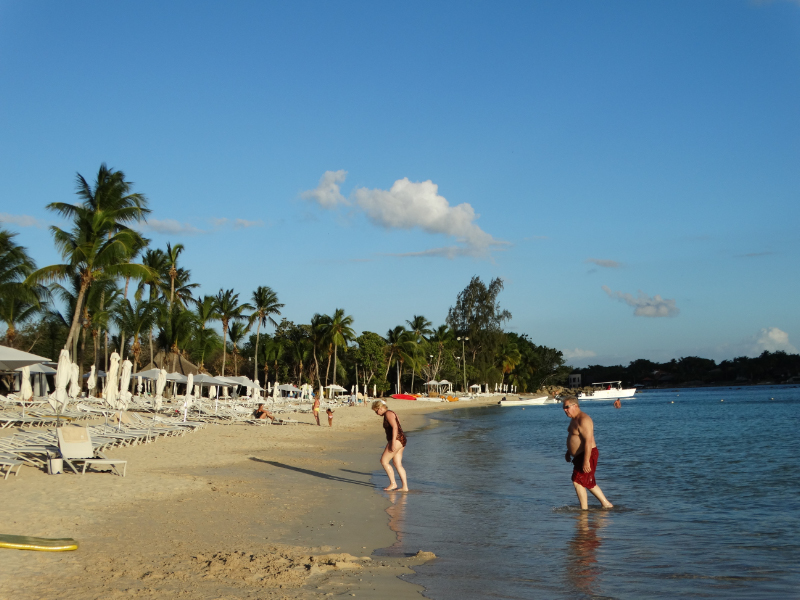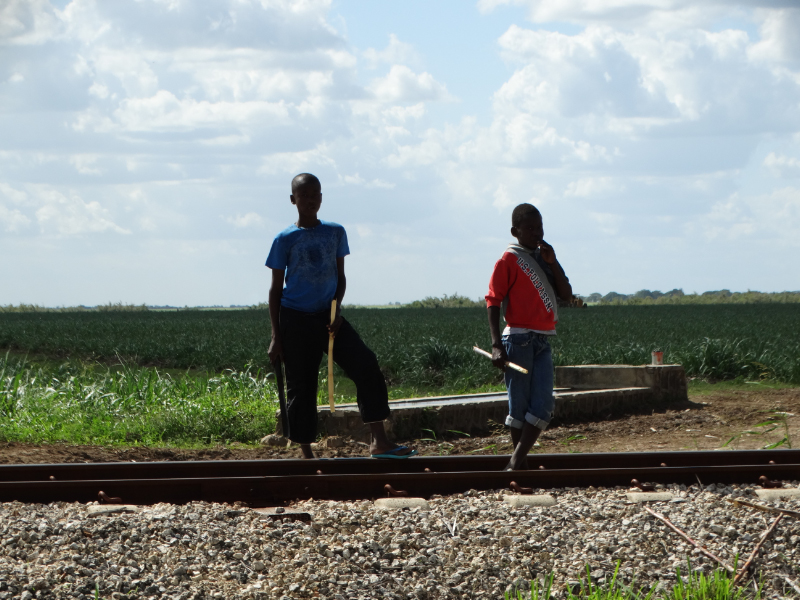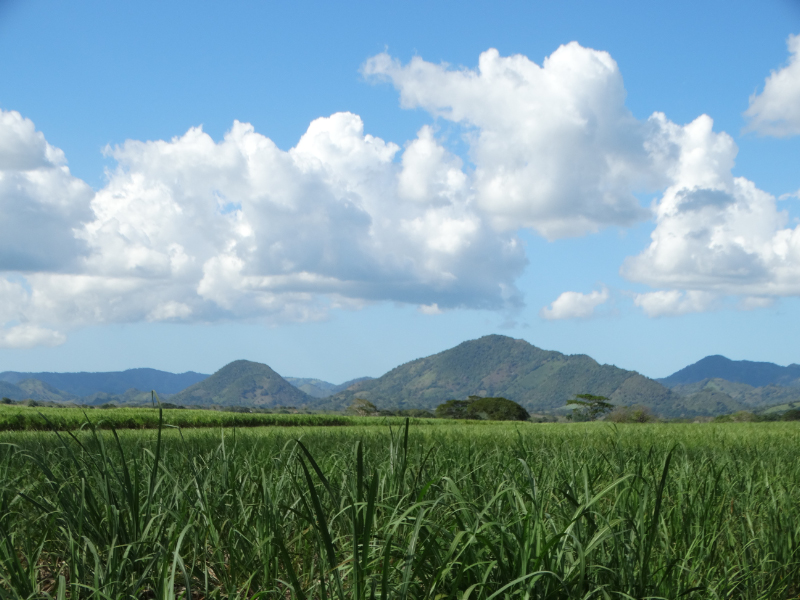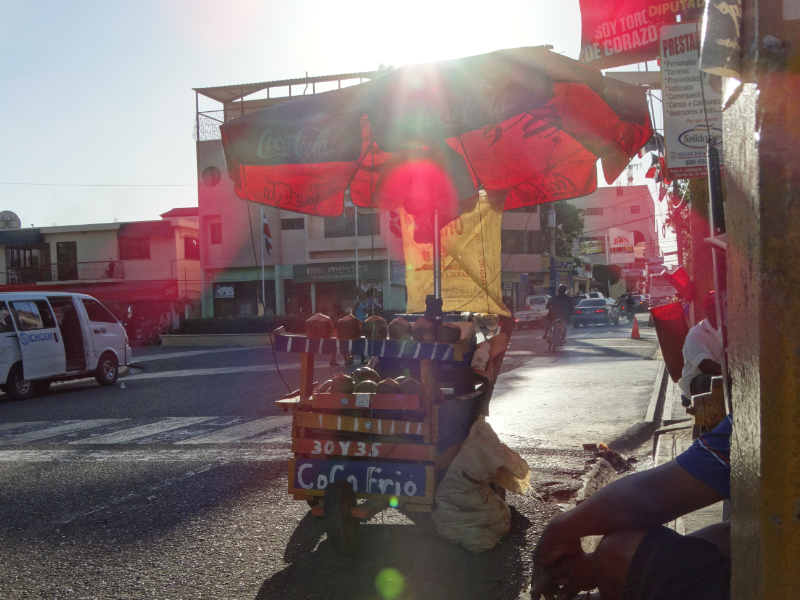Monday 23 to Thursday 26 February
While finding some accommodation east of Santo Domingo in the Dominican Republic, the prices quoted at $500 per night were way out of our budget.
We chose an affordable resort which was close to the airport and far from the water’s edge.
It was when we arrived that we understood why.
The numerous beach resorts are serviced by airports within a 30 minute drive and are literally fly-in fly-out. Everything is within the resort and very little is to offer outside of it. The contrast for us was Bali and the Asian resorts where it is easy to find street food and entertainment that doesn’t confine you to the resort.
Of course whilst we were in the Dominican Republic news of snow storms were coming from Northern America & Northern Europe. Although not stifling hot, the Dominican Republic is a great retreat during the coldest months.
We had hired a car so we were able to get out and explore. Our first stop was Altos de Chavon, a rebuilt medieval village. It actually sits within a resort out of the town of La Romana called Casa de Campo (country house). The resort had at least four golf courses and the medieval village was a 9km drive through the resort. Homes ranging from $250,000 to $15,000,000 were available for sale. A polo green, a shooting range and a heliport were all available for residents. A public beach with complimentary towels and sun lounges was barely 400m long.
The village was quaint, built out of the limestone that had been excavated to build a road across the Chavon River. There are a variety of restaurants, a few upmarket souvenir shops and a chapel for that all important tropical wedding.
There is also an art school within the village, where young aspiring artists are mentored by visiting professional artists. An interesting display of portraits by both artists and students showed the high quality that emerges from the school.
Confined to our low cost resort at meal times, we met some interesting fellow guests. A couple from California were playing as many golf courses as daylight hours allowed.
Another couple were escaping the cold of Minnosota to chill out. They’d undertaken a self-drive road trip but found some less than suitable roads.
Our little car took us east. First stop was a fishing village of Bayahibe. This quaint village was a stepping off point for tours around the protected peninsula and Isla Saona.
It was a nice place to sip coffee and watch the local fishermen sell their fish and kids meander across the beach on their way home from school.
We continued on to Punta Cana where our suspicions were confirmed that any decent beach was gobbled up by a resort and our access was limited.
More interested in country than beaches, we continued north passing many resorts with their safely guarded patches of golden sand.
As we turned west then south we found ourselves travelling through a beautiful mountain pass. The roads were remarkably good but a constant double yellow line didn’t give us the opportunity to stop and capture this beautiful country.
Much of our journey towards the mountains and then when we descended from them was through sugar cane fields. Beautiful tall green canes planted in thick rows.
Harvesting in the Dominican Republic is done by hand, the canes stripped in the field then transported by donkey and cart or bullock and dray to the nearest railway siding where they are loaded into carriages for the sugar cane train into port. The railway tracks seem to criss cross the countryside with sidings every few kilometres.
As we drove past the sugar cane fields and the villages that supported them we found that most of the people who lived and we presume worked in this area were darker people, perhaps descendants of the African slaves that were brought to the Caribbean Islands in their thousands.
Our last bit of sightseeing was into the town of La Romano. A very industrialised town, relying on the agriculture, especially sugar cane in the area. The wide Chavon river mouth makes a perfect harbour to the sugar exports and also to the cruise ships that bring visitors in and out of Casa da Campo and the local airport.
The town square honoured baseball players. We were not sure if the men represented here were locals from the Dominican Republic of just heroes of the local supporters. Whatever, there was an impressive array of players over the last half century. I even recognised some of them!
The drive the next day to Santo Domingo airport was uneventful, however we managed to learn about Cuban queues and patience. It took nearly two hours to check our luggage in as many passengers in front of us managed their excess luggage and the paperwork that goes with it.
Cuba, here we come.
e_header.jpg)




























